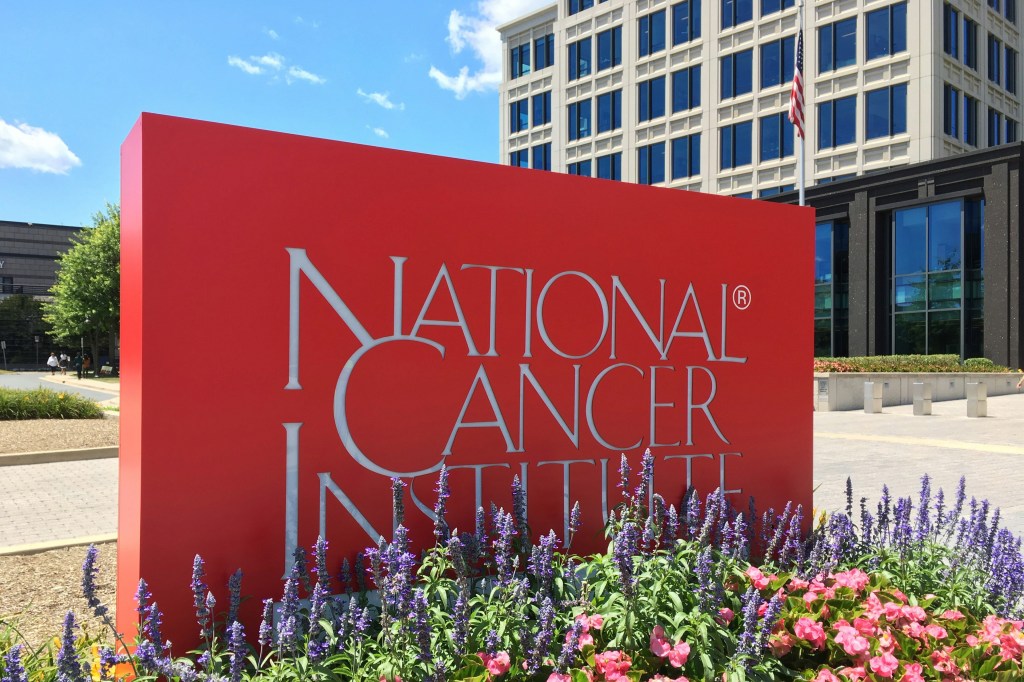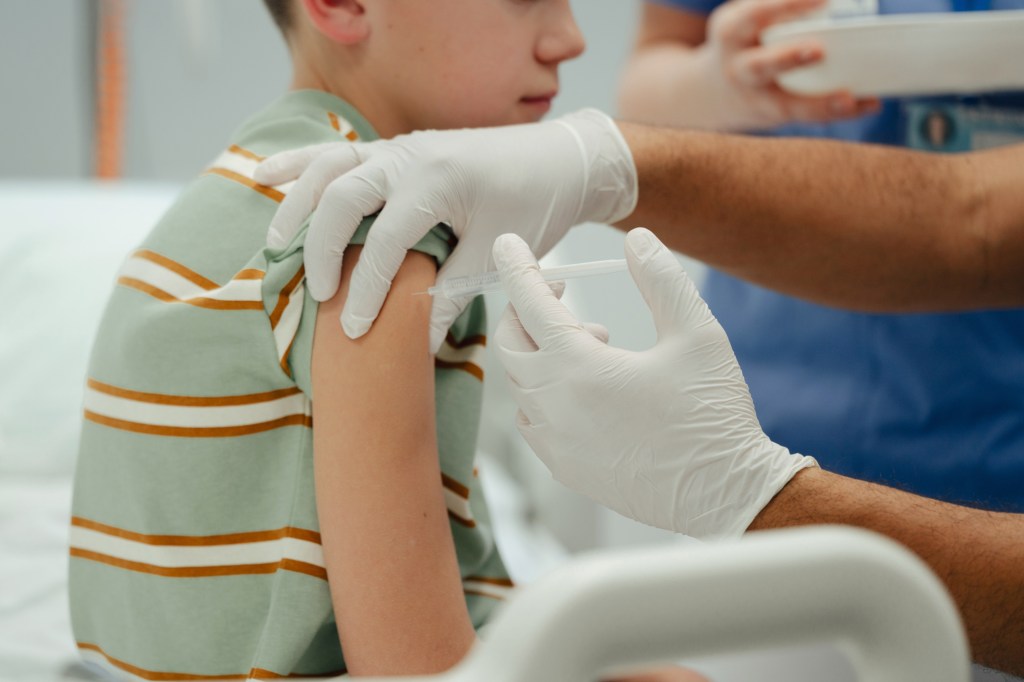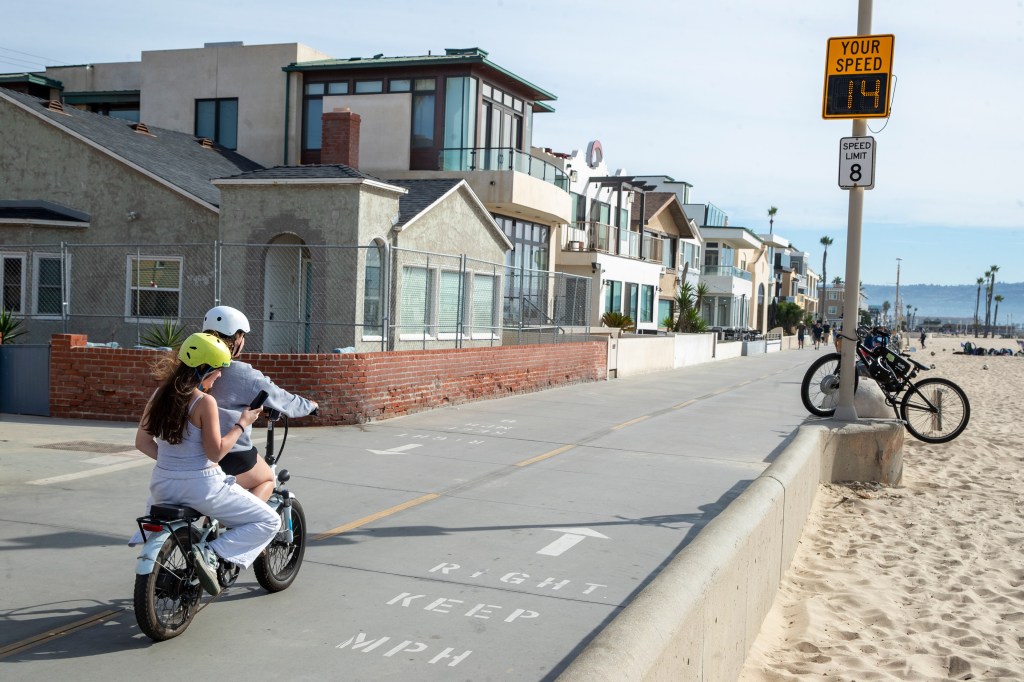That is the title of my recent publication with co-authors Andrea Chung, Sachin Vadgama, Kristen Hurley, Miguel-Angel Perales, Leonard Clarkson Alsfeld, Sanjana Muthukrishnan and Anik R Patel, Gunjan L Shah, Richard T Maziarz. The abstract is below.
CAR T-cell therapy has shown curative potential for patients with diffuse large B-cell lymphoma (DLBCL) and other malignancies, but its accessibility among Medicare patients, particularly in disadvantaged populations, remains uncertain. This study aims to assess CAR T utilization in Medicare patients with DLBCL receiving third-line or later (3L+) treatment, focusing on access disparities and their impact on clinical outcomes. Using SEER-Medicare data from 2007-2020, multivariate logistic regression was employed to evaluate patient characteristics and the effects of distance to authorized treatment centers (ATCs) on CAR T access. Between 2017 and 2020, 2,241 patients were treated for 3L+ DLBCL in the SEER-Medicare data, of which 122 (5.4%) received CAR T. CAR T recipients were less likely to have multiple comorbidities (OR=0.904, p = 0.001), but more likely to live in higher income areas (OR=1.176, p = 0.004). If distance to the nearest ATC for ‘poor access’ states (average distance to ATC=104.4 miles) decreased to the average distance in ‘better access’ states (34.2 miles), there would be a 37.6% increase in number of patients receiving CAR T (6.6% to 9.1%, p<0.001). These findings highlight substantial disparities in CAR T utilization, driven by geographic and socioeconomic factors. Addressing these barriers could significantly enhance equitable access to CAR T therapy and improve outcomes for underserved populations, emphasizing the need for targeted interventions to reduce geographic and systemic barriers to care.
You can read the full article here.









